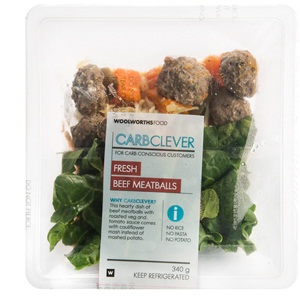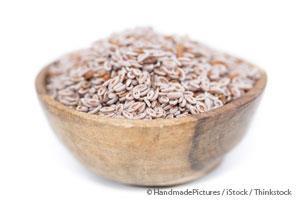A Review of Four Core Routines and Their Effectiveness for Preventing or Treating Back Pain
Author: Ola Thomas | Category: Fitness, Uncategorized
 Aside from the food you eat, exercise is one of the most important factors in being free from chronic disease. It is also something that can be added to almost any lifestyle because there are so many different ways to get your daily exercise.
Aside from the food you eat, exercise is one of the most important factors in being free from chronic disease. It is also something that can be added to almost any lifestyle because there are so many different ways to get your daily exercise.
Pilates and yoga are two popular routines and each has benefits over and beyond strengthening your core. I’m also partial to Foundation Training, as it not only builds strong core muscles but also…
22 Apr 2015
 Fortification of foods with additional nutrients does have an impact on kids’ intake of vitamins and minerals, but many children and teens are still not getting adequate nutrition, according to a new US study.
Fortification of foods with additional nutrients does have an impact on kids’ intake of vitamins and minerals, but many children and teens are still not getting adequate nutrition, according to a new US study. Vegetable juice is an enormously helpful tool for improving your health. Dr. Andrew Saul, who’s been a guest here many times before, is a lifelong juicer.
Vegetable juice is an enormously helpful tool for improving your health. Dr. Andrew Saul, who’s been a guest here many times before, is a lifelong juicer. I believe that strength training is an integral part of a well-rounded exercise program and most experts recommend them for people of all ages, including children and seniors.
I believe that strength training is an integral part of a well-rounded exercise program and most experts recommend them for people of all ages, including children and seniors. If you are watching your carbohydrate intake but can’t always find the time to cook from scratch (or find anything to buy in the shops), help is at hand.
If you are watching your carbohydrate intake but can’t always find the time to cook from scratch (or find anything to buy in the shops), help is at hand. A recent Huffington Post1 article penned by David Bronner, President of Dr. Bronner’s Magic Soaps, highlights the dire problems we face as pesticide use on genetically engineered crops continue to rise.
A recent Huffington Post1 article penned by David Bronner, President of Dr. Bronner’s Magic Soaps, highlights the dire problems we face as pesticide use on genetically engineered crops continue to rise. Many spices have powerful medicinal properties, which is why they’ve been used to promote healing for thousands of years prior to the advent of patented synthetic drugs.
Many spices have powerful medicinal properties, which is why they’ve been used to promote healing for thousands of years prior to the advent of patented synthetic drugs. Is it a good idea to “starve” yourself just a little bit each day? The evidence suggests that yes, avoiding eating around the clock could have a very beneficial impact on your health and longevity.
Is it a good idea to “starve” yourself just a little bit each day? The evidence suggests that yes, avoiding eating around the clock could have a very beneficial impact on your health and longevity. “I’m a zombie without my morning coffee.” “My blood type is Diet Coke.” “Caffeine isn’t a drug, it’s a vitamin.”
“I’m a zombie without my morning coffee.” “My blood type is Diet Coke.” “Caffeine isn’t a drug, it’s a vitamin.” The majority of health care expenditures (75 percent) in the US are spent on preventable diseases, while only 3 percent of such expenditures are invested in disease-prevention programs, according to a new report funded by the Council for Responsible Nutrition Foundation (CRNF).1
The majority of health care expenditures (75 percent) in the US are spent on preventable diseases, while only 3 percent of such expenditures are invested in disease-prevention programs, according to a new report funded by the Council for Responsible Nutrition Foundation (CRNF).1